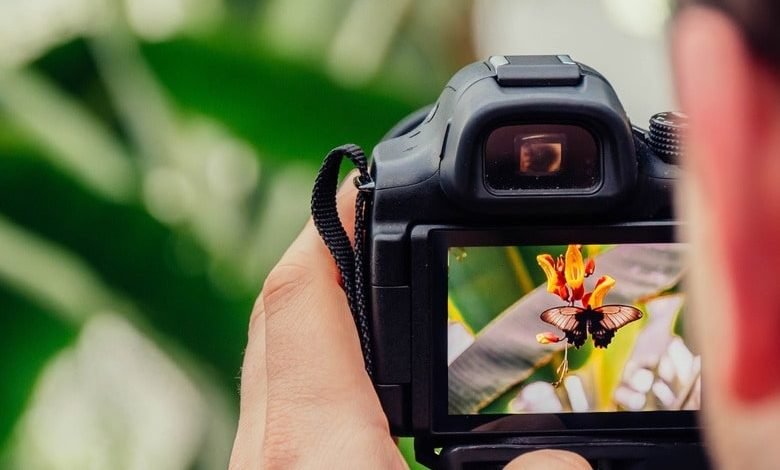A Beginners Guide to 3D Photography

3D photography could be one of your best photographic choices, but you may need help figuring out where to start.
3D photography involves taking photographs using a technique that combines multiple exposures of the same scene. The result provides a three-dimensional effect on image3D.
The basic idea behind 3D photography is to create a composite image by combining two or more images taken at different angles or times. You can procses this composite image further to add depth and dimension to the final prodoct.
This guide will give you a strong foundation for getting started with the basics of 3D photography.
4 Tips for Shooting 3D Photos
1. Choose a Subject with Depth
The first step to shooting 3D photos is to ensur your subject has depth. It can mean that the subject is facing toward you or away from you, or even both.
If you have a subject that faces you, try using a telephoto lens and getting as much of the background as possible out of your photo without affecting your subject’s face.
Using different lights and backgrounds helps, so use them if possible!
2. Shoot at Low Light Level
Shooting 3D photos is not a difficult task, but it does require some patience and planning. You need to know your subject well and be able to take pictures at low light level.
If possible, shoot in an area with good natural light so that you can use the flash sparingly. You should also avoid using flash-during the day, if possible, as it will ruin the mud of your shot.
Once your subject is well-lit, set up your camera on a tripod or mount for steady shots. If you are using a tripod, try adjusting its height so that it is slightly off-level with your subject. It will help prevent motion blur.
3. Use a Remote Trigger
There are many ways to shoot 3D photos, but the most popular method is to use a remote trigger.
A remote trigger is a device that allows you to fire your camera remotely from up to 20 feet away, allowing you to get much closer than you could with a tripod and cable release or even with your camera on its own.
It sends a photo signal from the camera to another device, which takes the picture and sends it back to the camera.
4. Use a Wide-angle Lens
The best way to capture 3D photos is with a wide-angle lens. The lens will allow you to capture the entire scene and get a panoramic view of the subject.
A 24mm lens will be perfect for most scenes, but if you’re shooting close-ups, try a 200mm or even 300mm to get more depth in your shots.
Conclusion
If you’re a beginner learning more about 3D photography, you’ve likely encountered a lot of complex jargon.
While some of it might be a little overwhelming initially, try placing all that complicated terminology into context with the rest of the image capture process.
With creativity, research, work, and patience, you’ll be sure to create a masterpiece in your next photo shoot.




